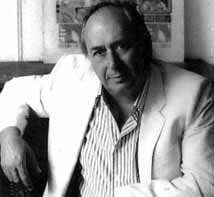The 24th June I took a day off to spend some time with my two grown up daughters. We try to do this every now and again and spend the day experiencing something new. This time we agreed to visit the Darwin exhibition at the Zoological Museum in Oslo. The main object of the trip was to have a look at the fossil Ida (be patient – we will get to her) which is a part of the exhibition. The museum is beautifully situated in Tøyen park.
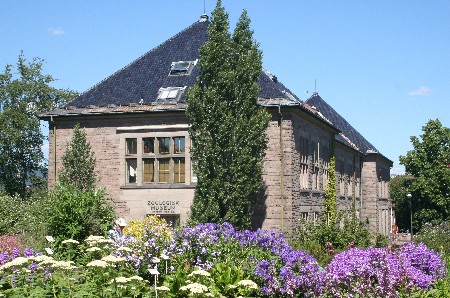
The gardens there were lovely:

The exhibition was very interesting and well worth visiting though difficult to photograph because of the low light levels. It was very encouraging that many children were visiting the exhibition.
The exhibitions sub-title (the title of this post) irritated me. That was perhaps the point…
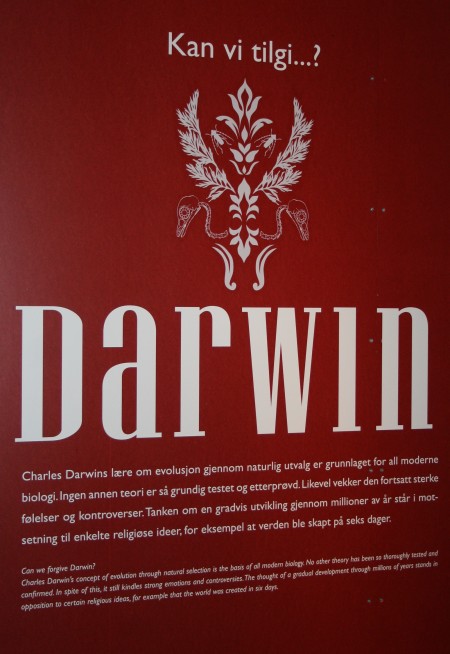
<Start rant…
Why do we need to forgive Darwin? Science deals with physical evidence not beliefs. Darwin gave the world the best explanation of the physical evidence as to how life came to be as it is. His theory has, with improvements as our knowledge improves, stood the test of time for 150 years and is extremely well supported by the evidence. Evolution is as close to being a fact as any scientific theory can be. Should we forgive Copernicus for his formulation the Heliocentric Theory? Or Newton for his formulation the Theory of Gravity? That is silly. You don’t forgive theories you disprove them – if you can. So far nobody has.
…End rant>
The exhibition teaches us that Darwin’s concept is based on four premises and one conclusion:
Premise number 1: Inheritance
We inherit traits from our parents. Eye-colour, muscular strength, singing voice, the shape of our ears and the kinds of food we prefer – all is to some extent inheritable. Darwin grew up in the countryside and was well versed in how farmers used animal traits in animal breeding.
Premise number 2: Variation
No two people are exactly the same. Even identical twins are not quite identical. the same goes for all organisms. This was already known in Darwin’s time, but the reason for these differences was a mystery. Genes and mutations were not discovered until the 20th century.
Premise number 3: The struggle for existence
Darwin was fascinated by the economist Thomas Malthus, who wrote that populations will grow faster than the necessary resources. This holds true for all animal species: Many more are born than grow up. A female cod will spawn millions of eggs during her life, yet on average only two will reach maturity.
Premise number 4: Natural selection
Survival is not a random process! Some individuals have traits that help them in the struggle for life. It is these individuals who are most likely to reach maturity and breed, transferring their traits to the next generation. Their traits will then become more common with each generation, while the traits belonging to those who did not breed will fade away.
The conclusion: Species change over time
In Darwin’s time, it was commonly believed that each species had ‘always been like that’. The conclusion of Darwin’s theory was that species are not that constant. Even small changes in the environment will make species change and new species appear. Darwin argued that all organisms share a common ancestor.
And so to our great aunt Ida (Darwinius masillae).

This is what experts think Ida looked like:
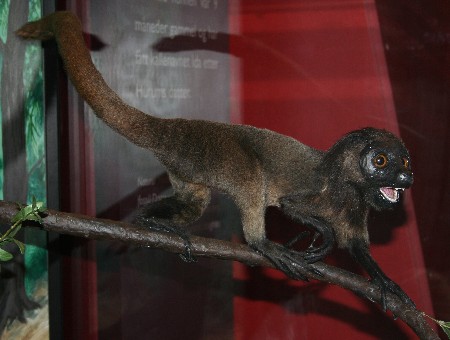
Here are images of the fossil taken through the glass case – hence the reflections.
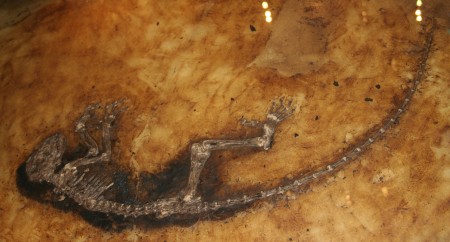






 Posted by mph
Posted by mph 









